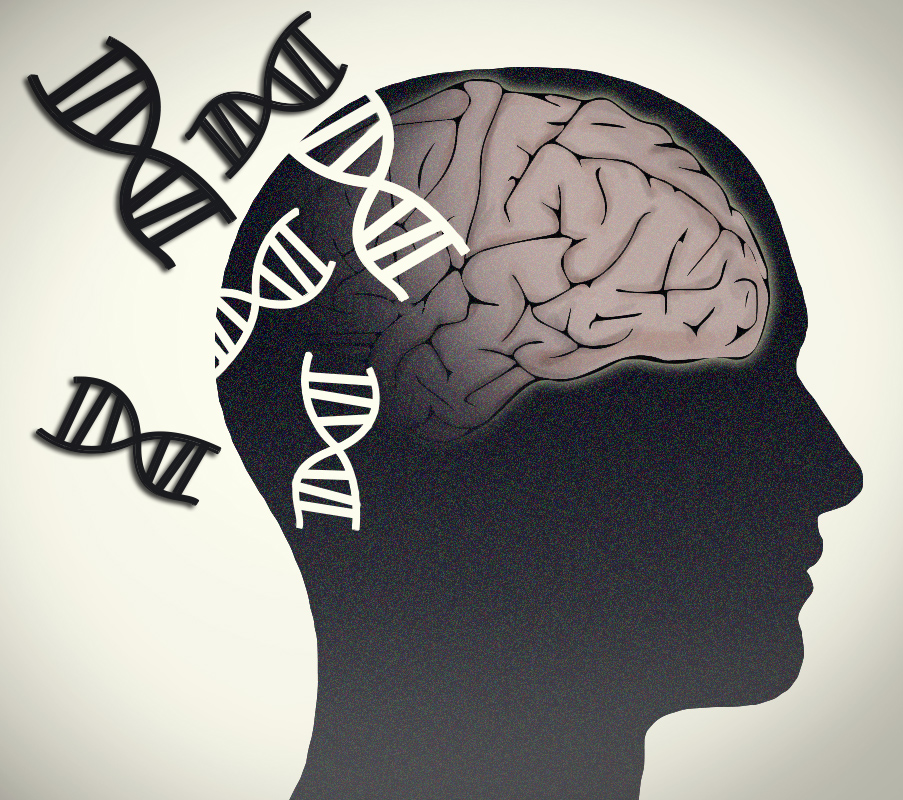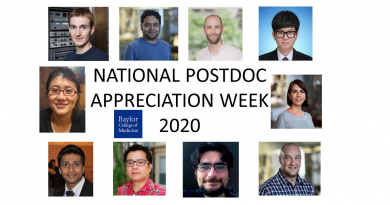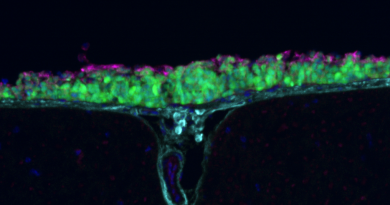‘Silent seizures’ discovered in patients with Alzheimer’s disease
Deep in the brains of two patients with Alzheimer’s disease, the main memory structure, the hippocampus, displays episodic seizure-like electrical activity. These nonconvulsive hippocampal seizures are the first signs of ‘silent’ brain electrical network dysfunction described in patients with Alzheimer’s disease, a condition affecting more than 5 million people in the U.S.


“About 10 years ago, we were surprised to find ‘silent seizures’ in mouse models of Alzheimer’s disease,” said Dr. Jeffrey L. Noebels. “When we measured the animal’s brain electrical activity, we detected abnormal electrical discharges in the brain with a seizure-like pattern. The mice, however, did not present with convulsions. These ‘clinically silent seizures’ in the deep regions of the brain, we speculated, could lead to problems of memory.”
It’s been reported that in patients with Alzheimer’s disease who have a history of the disease in their families, convulsive seizures are common, especially in advanced cases. However, for most patients with Alzheimer’s the condition does not run in the family. In these patients who present with the sporadic form of the disease, convulsive seizures are typically absent. “For this reason, measuring the brain’s electrical activity with an electroencephalogram, or EEG, test is not required for diagnosis and rarely performed,” Noebels said.
Even if the test was performed, previous studies in the epilepsy field had shown that seizures deep in the brain, such as the hippocampal region, cannot be detected with routine scalp EEG recordings. Detecting such brain activity requires placing electrodes deep in the brain.
From mouse model to patients

“My colleagues and I have been interested for years in determining whether ‘silent seizures’ are present in the hippocampus of patients with Alzheimer’s disease,” Noebels said. “We were able to answer this question when my colleague Dr. Andrew Cole told me that he had two candidates for the procedure.”
Cole, and Dr. Alice Lam, a fellow at Massachusetts General Hospital Epilepsy Service, led the team that performed the test in the patients. They used a minimally invasive recording technique involving fine wires inserted through a small natural opening in the skull. This allowed the researchers to monitor this deep region continuously for several days. Simultaneously, the researchers recorded scalp EEG readings.
In the two patients, who had been diagnosed with Alzheimer’s disease and had no previous history of epilepsy or behaviorally obvious seizures, the hippocampal recordings showed clear clinically silent seizures. At the same time, the EEG recordings that had been taken simultaneously showed no abnormal brain activity, confirming that EEG tests do not register changes in deep brain activity.
“What was fascinating was that this activity was present at night when the patients were sleeping, a time thought to be critical for the consolidation of recent memories, a trait that is most impaired in early Alzheimer’s disease,” Noebels said.
“Based on our observations, we are particularly intrigued by the possibility that ‘silent seizure’ activity per se could contribute to or accelerate the degenerative process underlying Alzheimer’s disease,” Cole said.
In addition, Noebels and his Baylor colleague, Dr. Alica Goldman performed genetic analyses on the patients’ samples.
“We determined that these two patients did not have a gene known to cause epilepsy. So Alica and I, who have been studying epilepsy genes for a long time, sequenced the patients’ samples for the three genes known to be linked to Alzheimer’s disease,” Noebels said. “It turned out that the patients didn’t have those either; they present with the sporadic form of the disease.”
“It is very exciting that we were able to move from an observation in genetically engineered mouse models of Alzheimer’s to a demonstration of the same phenomenon in patients with verified Alzheimer’s disease,” said Cole. “This is a critical step toward a better understanding of network dysfunction in the disease and opens the window to novel therapeutic approaches for this common condition.”

“From a physician’s perspective, I think this work opened my eyes to the need to look deeper into our patients’ condition in order to improve the quality of their lives as well as that of their caregivers,” Goldman said.
“I think this work offers an opportunity for new investigations that could be relevant for moving forward the clinical practice of Alzheimer’s disease.”
The need for future studies
“This work with two patients proves the concept that ‘silent seizures’ can occur in patients with Alzheimer’s disease,” Noebels said.
“Next, we need to determine whether this finding is common in Alzheimer’s disease, present in other types of progressive degenerative neurocognitive diseases and when in the course of the disease it occurs,” Cole said.
Read all the details of this study in Nature Medicine.
Dr. Jeffrey L. Noebels is professor of neurology, neuroscience, and molecular and human genetics, director of the Blue Bird Circle Developmental Neurogenetics Laboratory at Baylor College of Medicine and co-senior author of this work with Dr. Andrew Cole, director of Massachusetts General Hospital Epilepsy Service and professor of neurology at Harvard Medical School.
Dr. Alica Goldman is associate professor of neurology and neurophysiology at Baylor and co-author of this study.
####
Other authors that contributed to this work include Gina Deck at Massachusetts General Hospital and Harvard Medical School and Emad Eskandar at Baylor College of Medicine.
Financial support for this study was provided by the National Institute of Neurological Disorders and Stroke of the National Institutes of Health, Massachusetts General Hospital, Citizens United for Research in Epilepsy (CURE) and The Blue Bird Circle Foundation.



